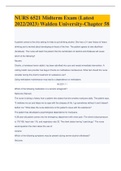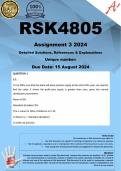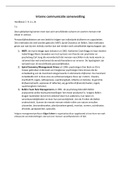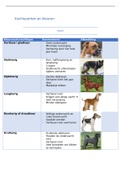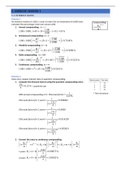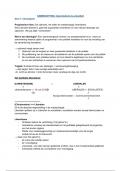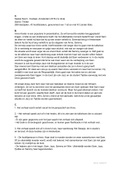Samenvatting
Principles of Economy Summary All Chapters (plus exam examples)
- Instelling
- Universiteit Leiden (UL)
For the study international studies or other studies containing the course principles of economics, the summary includes all lecture slides, and an own complete summary of the book, whereas I put a lot of examples that is going to be on the exam!
[Meer zien]





